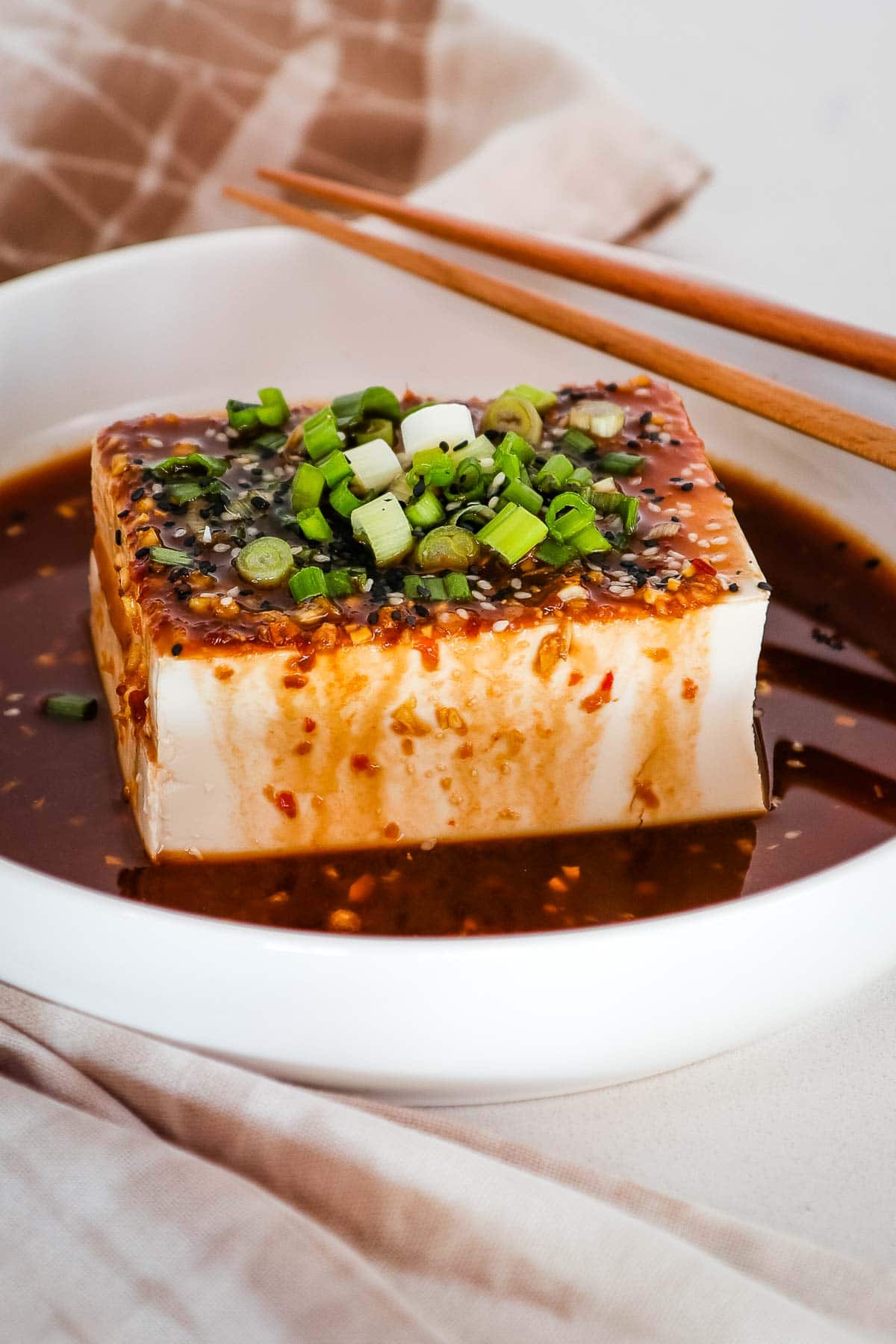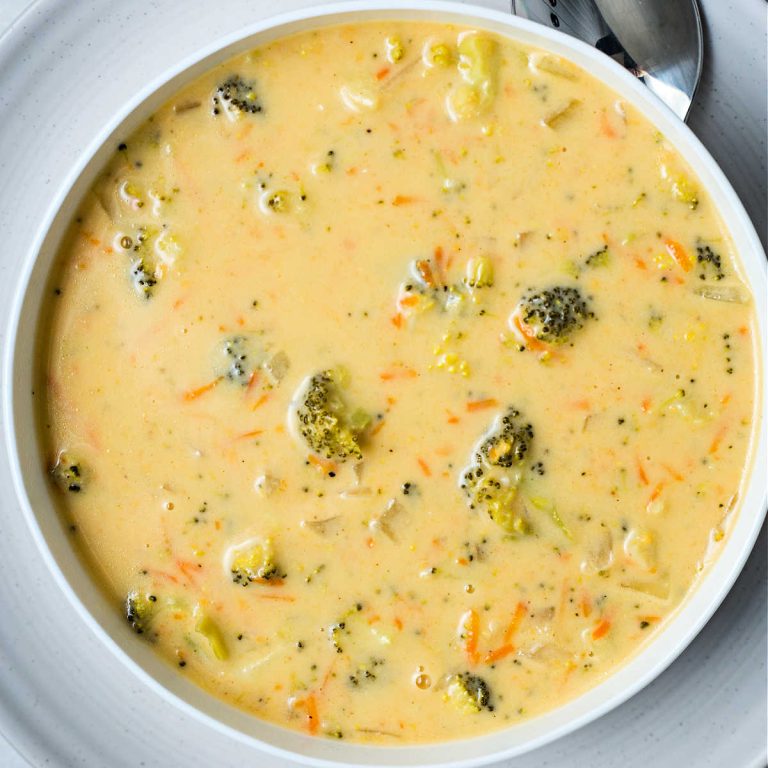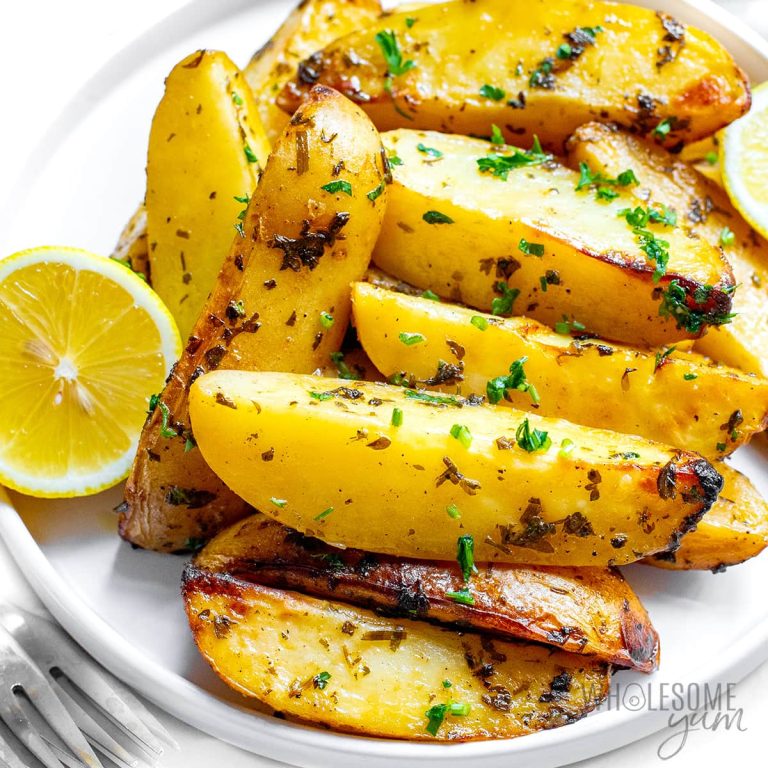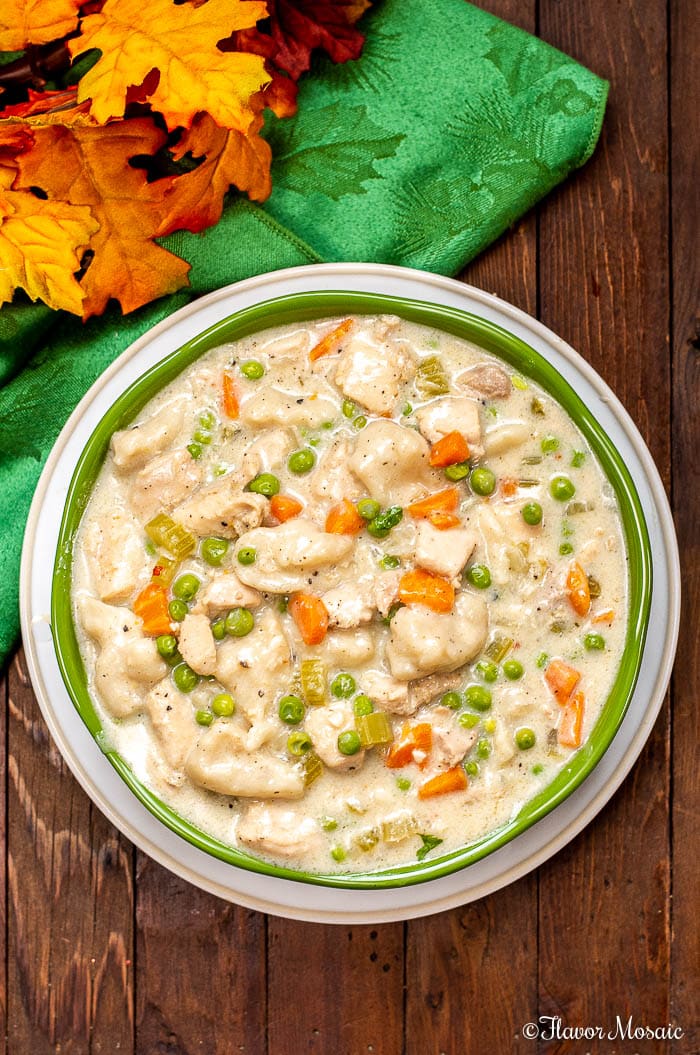Soy Glaze: Recipes, Health Benefits, and How to Make It
Soy glaze is a sauce that balances the rich umami of soy sauce with a hint of sweetness. Common ingredients include soy sauce, sugar, water, and cornstarch. Sometimes, variations have mirin, garlic, or ginger to enhance flavor. This glaze often appears thick and glossy, making it ideal for coating meats, vegetables, and seafood.
Origin and Historical Use
The origins of soy glaze trace back to Asian cuisine, particularly Japanese and Chinese. Historical records show that soy sauce, a primary ingredient, has been used in cooking for over 2,500 years. Soy glaze evolved from traditional soy sauce to introduce a sweeter profile that complements various dishes. In ancient times, it was used to enhance the flavors of grilled and roasted foods, creating a caramelized finish that became popular across cultures.
Differences Between Soy Glaze and Soy Sauce
Ingredients and Preparation
Soy glaze combines soy sauce with sugar, water, and cornstarch. Ingredients like mirin, garlic, or ginger may be added for extra depth. Soy sauce, a traditional condiment, primarily consists of soybeans, wheat, water, and salt. Fermentation gives soy sauce its characteristic umami flavor and dark color, while soy glaze requires reduction to achieve a thicker consistency and sweeter profile.
Culinary Uses
Soy glaze excels as a finishing sauce for grilled meats and roasted vegetables. Its caramelized sweetness enhances food during the final stages of cooking. Soy sauce serves broader applications, including marinades, dressings, and dipping sauces. Use soy glaze when seeking a sticky, glossy finish and added sweetness. Employ soy sauce for savory, umami-rich flavor without added sweetness.
How to Make Soy Glaze at Home
Necessary Ingredients
You need a few key ingredients to make soy glaze at home. These ingredients include:
- Soy Sauce: 1/2 cup. Choose a quality brand for the best flavor.
- Brown Sugar: 1/4 cup. This adds the sweetness needed for the glaze.
- Water: 1/4 cup. Helps dissolve the sugar and balance the soy sauce.
- Cornstarch: 1 tablespoon. Acts as a thickening agent.
- Optional Additions: Mirin (2 tablespoons), minced garlic (1 clove), or grated ginger (1 teaspoon) can enhance the flavor.
- Combine Ingredients: In a small saucepan, mix soy sauce, brown sugar, and water. If using optional additions like mirin, garlic, or ginger, add them now.
- Heat Mixture: Over medium heat, bring the mixture to a simmer. Stir frequently to ensure the sugar dissolves completely.
- Thicken the Sauce: In a separate small bowl, dissolve the cornstarch in a tablespoon of cold water. Slowly add this mixture to the saucepan, stirring constantly.
- Simmer and Reduce: Continue to simmer the sauce, stirring occasionally, until it thickens to a glaze-like consistency. This usually takes around 10-15 minutes.
- Cool and Store: Once thickened, remove the sauce from heat and let it cool. Store the glaze in an airtight container in the refrigerator for up to two weeks.
Popular Recipes Using Soy Glaze
Meats and Fish
Soy glaze enhances the natural flavors of meats and fish, making them more savory and delicious. It’s particularly popular in recipes like grilled salmon, where the glaze creates a caramelized exterior that pairs well with the fish’s natural oils.
- Grilled Salmon: Brush salmon fillets with soy glaze before grilling. Repeat during cooking for a rich, caramelized finish.
- Teriyaki Chicken: Marinate chicken thighs in soy glaze for an hour. Grill or pan-fry until cooked, basting with additional glaze.
- Soy-Glazed Pork Chops: Coat pork chops in soy glaze and sear until the glaze forms a sticky crust. Finish cooking in the oven for an even texture.
Vegetarian Dishes
Soy glaze isn’t just for meat; it also adds depth and complexity to vegetarian dishes. It’s ideal for recipes like roasted vegetables or tofu, where it brings out natural sweetness and enhances overall taste.
- Roasted Vegetables: Toss vegetables like carrots, broccoli, and bell peppers in soy glaze. Roast at 400°F until caramelized and tender.
- Glazed Tofu Stir-fry: Cube firm tofu and stir-fry with mixed vegetables. Add soy glaze towards the end of cooking to coat evenly.
- Soy-Glazed Mushrooms: Sauté mushrooms in olive oil until golden brown. Add soy glaze and cook until mushrooms are coated and fragrant.
These recipes showcase the versatility and flavor-enhancing properties of soy glaze in both meat-based and vegetarian dishes.
Health Benefits and Nutritional Information
Health Advantages of Soy Glaze
Soy glaze, derived mainly from soy sauce, offers several health benefits. The primary ingredient is soy, which is rich in isoflavones. These compounds, found in soy, help reduce cholesterol levels and support heart health. Isoflavones also have antioxidant properties which combat free radicals preventing cell damage.
When using soy glaze, you introduce less sodium compared to regular soy sauce. Soy glaze often combines additional sweeteners like honey or sugar, reducing the concentration of salt. This makes it a better option for those looking to manage their sodium intake.
For those following a plant-based diet, soy glaze supports protein intake. Soy’s high protein content makes it ideal for vegetarians needing quality protein sources. It also supplies essential amino acids contributing to muscle and tissue repair.
Nutritional Breakdown
A standard serving of soy glaze (1 tablespoon) includes the following nutritional components:
| Nutrient | Quantity (per 1 tbsp) | Daily Value (%) |
|---|---|---|
| Calories | 20 | 1 |
| Total Fat | 0g | 0 |
| Saturated Fat | 0g | 0 |
| Cholesterol | 0mg | 0 |
| Sodium | 500mg | 21 |
| Total Carbohydrate | 4g | 1 |
| Sugars | 2g | – |
| Protein | 1g | 2 |
| Calcium | 10mg | 1 |
| Iron | 0.2mg | 1 |
Soy glaze provides small quantities of essential minerals like calcium and iron which support bone health and oxygen transport in the bloodstream. Though it contains sugars, the amounts are minimal compared to most commercial sauces. The reduced sodium content benefits those aiming to lower blood pressure or maintain a heart-healthy diet.
Incorporating soy glaze in your dishes not only enhances flavor but also offers nutritional benefits from its natural ingredients.
Conclusion
Soy glaze isn’t just a flavorful addition to your culinary repertoire; it’s also packed with health benefits. Its versatility makes it a perfect companion for a wide range of dishes, from savory mains to delightful appetizers. By incorporating soy glaze into your cooking, you’re not only enhancing the taste but also boosting the nutritional value of your meals. Embrace this sweetened sauce and explore its endless possibilities in your kitchen.






